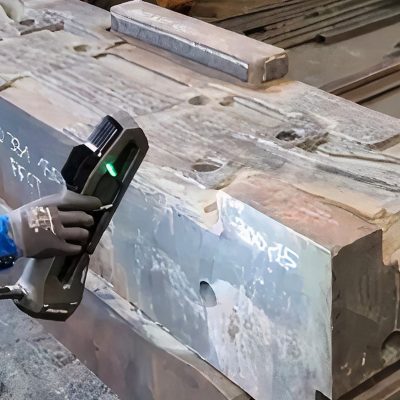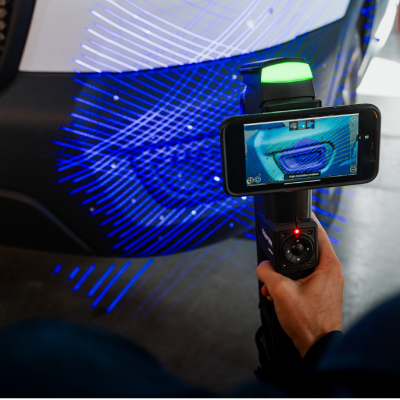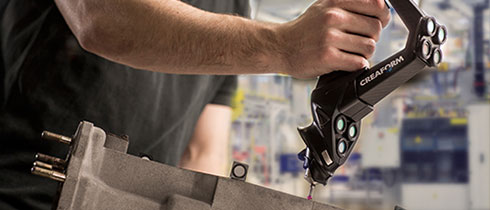April 15, 2024
Use of 3D scanner increases efficiency and reduces labor and material costs See the article- Metrology will be an integral part of the manufacturing process.
- More efficient metrology tools will be used for inspections that will not only be limited to critical features, but will encompass more complete measurements.
- Simple 3D measurements will be transferred to the production floor and will systematically occur at every step/many steps during the manufacturing process.
AUTOMATION
The perfect metrology will:
- catch all defaults and
- correct the manufacturing process in real time.
To do so, the quality control manager will be responsible for integrating measurements to the production and ensuring that corrections are automatically applied to the manufacturing process.
The new challenges for quality control managers:
- integrating all systems and
- managing algorithms for real-time adjustments and corrections.
FLEXIBILITY
The metrology of tomorrow will:
- identify any type of default and
- include more flexible measurement systems in the metrologist’s toolbox.
To do so, the quality control manager will have to manage the inspection of parts regardless of their size, complexity, and material.
The new challenges for quality control managers:
- becoming familiar with automation and
- assembling more flexible measurement systems in their toolbox.
3D SCANNING
In the future, we will see:
- the rise of 3D scanners, which will reach a high level of precision and speed, and
- the marginalization of probing, which will be assigned only to specific inspections on
critical features.
The rise of 3D scanning will please quality control managers, because this technology will provide more data for analysis and more complete information to accelerate problem-solving and decision-making.
The new reality for quality control managers:
- having complex shapes completely characterized and
- analyzing defaults with important information density.
In industry 4.0, metrology will identify defaults and update the manufacturing process in real time. Not only will it correct any type of default, but also it will analyze the impact of any modifications on subjacent parts. Thus, metrology will perform perfect control on collateral damage.
All of this is because density information will be accessible to feed the self-correcting manufacturing process. However, all this will be possible only if 3D scanning becomes as efficient, accurate, and fast as probing.








